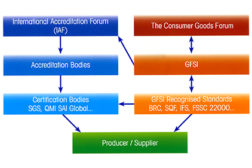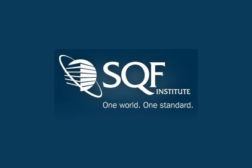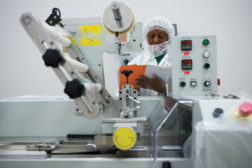Home » food quality
Articles Tagged with ''food quality''
TECH FLASH
The ABCs of GFSI
With FSMA heading towards finalization, GFSI accreditation goes a long way in securing a successful FSMA audit and getting a leg up on competitors
June 25, 2014
Cover Story
Global Manufacturing Management: Extending your worldwide reach
If you’re thinking about setting up a plant in a foreign country, take it a step at a time and look for a partner that shares your goals.
February 7, 2014
Manufacturing Intelligence
Manufacturing Intelligence: Using the right tools to make the right decisions
You may have an ERP system and industrial controls in place, but are you getting the key performance indicators needed to stay ahead of the competition?
January 10, 2014
Field Reports
Brewery’s pump doesn't need valves
Combined with a flow meter, the positive-displacement pump accurately meters yeast flow.
October 11, 2013
Safe Quality Food training course and exam now available in Spanish
SQF's program ensures stakeholders have demonstrated knowledge of the SQF Code, Edition 7.
July 9, 2013
Food Safety
Inline monitoring aids in food safety and quality
What you don’t measure could kill your brand.
May 13, 2013
Tech Update: X-ray & Optical Inspection
New types of foreign material and product flaws detected
X-ray, camera and laser sorting technologies are coming of age in new configurations and applications that improve productivity and reduce false rejects while detecting harder-to-find flaws.
May 13, 2013
Plant Sanitation
Top five ways to get your plant sanitation FSMA-ready
Although the final FSMA preventive controls and cGMP provisions may be more than a year away, now is the time to develop and apply requisite science-based food safety plans.
April 9, 2013
Field Reports
Putting the freeze on nitrogen usage
Eliminating liquid nitrogen from the IQF process helps maintain raspberries at peak quality while saving money on consumable liquid nitrogen.
April 9, 2013
Elevate your expertise in food engineering with unparalleled insights and connections.
Get the latest industry updates tailored your way.
JOIN TODAY!Copyright ©2024. All Rights Reserved BNP Media.
Design, CMS, Hosting & Web Development :: ePublishing











